Lindsey Metts birthed two healthy babies via routine deliveries.
So when it came time to deliver her third child, she hoped for the same complication-free experience.
Turns out, there would be some unexpected twists and turns on the day of her delivery and in the months to come. But looking back, she’s grateful for her health, her beautiful family and the care of a loving and capable doctor.
“Every time we look back at the stressful things, there’s just a piece of comfort we felt,” Lindsey said.
On March 11, at 39 weeks into her pregnancy, Lindsey had a scheduled induction at Spectrum Health Butterworth Hospital because she had developed gestational diabetes. Everything on schedule, at 3:25 p.m., a baby girl arrived. She was 20.5 inches long and weighed 7 pounds, 14 ounces.
The baby’s birth was extra special for her father. Under the guidance of Rosalie Pilbeam, DO, an obstetrician and gynecologist with Spectrum Health Medical Group, he was able to help deliver one of his children for the first time.
Dr. Pilbeam delivered the baby’s head and shoulders, and then he stepped in.
“They let him help pull her out, and he was the one who laid her on my chest,” Lindsey said. “It was a really great experience.”
Soon after, things got scary.
Normally, after a woman gives birth, the placenta comes out on its own. But 30 minutes had passed, and Lindsey still hadn’t delivered her placenta.
Dr. Pilbeam said Lindsey had what’s called a retained placenta. Just like it sounds, this happens when the placenta remains in the uterus and doesn’t come out naturally. In these cases, the mother may be at risk of infection, bleeding and other life-threatening complications.
So Dr. Pilbeam manually removed the placenta, then used an ultrasound to ensure all of the tissue was removed.
Soon after, Lindsey got up and didn’t feel well.
“I was walking to the bathroom, and I felt dizzy and faint, like I was going to pass out,” she said. “When I was walking back to the bed, I started bleeding.”
Dr. Pilbeam stepped into action, administering medication to control Lindsey’s bleeding. It worked.
While all women are at risk of bleeding after birth, a retained placenta, as well as a uterus that does not clamp down, create higher risk, Dr. Pilbeam explained.
While Lindsey lost quite a bit of blood, she did not require a transfusion.
“It was enough that I was shaking,” she said. “It was hard to move or keep my eyes open. My husband was a little worried.”
Lindsey felt safe with Dr. Pilbeam and the hospital staff in charge.
“They were always very calm and reassuring,” she said. “It made it a lot easier for me to stay calm and understand things and know I was in good hands.”
As the hours and days passed, Lindsey healed well and went home from the hospital at the typical time.
At her six-week follow-up appointment in April with Dr. Pilbeam, Lindsey discussed birth control with her. She asked for an intrauterine device—a method that had worked well for her in the past. An IUD is a small T-shaped plastic device inserted by a doctor through the opening of the cervix and into the uterus.
A week later, something didn’t seem right. Sure enough, the IUD had slipped out of proper placement. Dr. Pilbeam thought it might be because the uterus is bigger after birth, so she tried to place it again, this time under ultrasound guidance. Here’s where she discovered the problem—a piece of tissue was preventing the IUD from going where it needed to be.
Dr. Pilbeam tried one more time to place the IUD, while also putting Lindsey on a medication to help her uterus contract and hopefully expel the tissue. A month later, Lindsey returned. The tissue remained, and the IUD still wasn’t staying in place.
The tissue needed to be removed, so Dr. Pilbeam scheduled a hysteroscopy to do so.
By this time, Lindsey and her husband had made a decision.
“We decided we have three beautiful, healthy children, maybe this is our sign that we should be done,” she said.
When given the option of having Lindsey’s tubes tied at the same time as the hysteroscopy, they said yes.
“Through all of this, Dr. Pilbeam was amazing,” Lindsey said. “She always made sure I knew everything I needed to know, but ultimately, she was leaving it up to me.”
Dr. Pilbeam seeks to act like a health “team leader” for her patients, laying out all the options, sometimes steering them one way or another, but ultimately empowering them to be in charge.
“They are the ones that need to make the decision because it affects their life,” Dr. Pilbeam said.
And the Metts family makes her grateful to have the job she does.
“They’re just a great couple to take care of.”
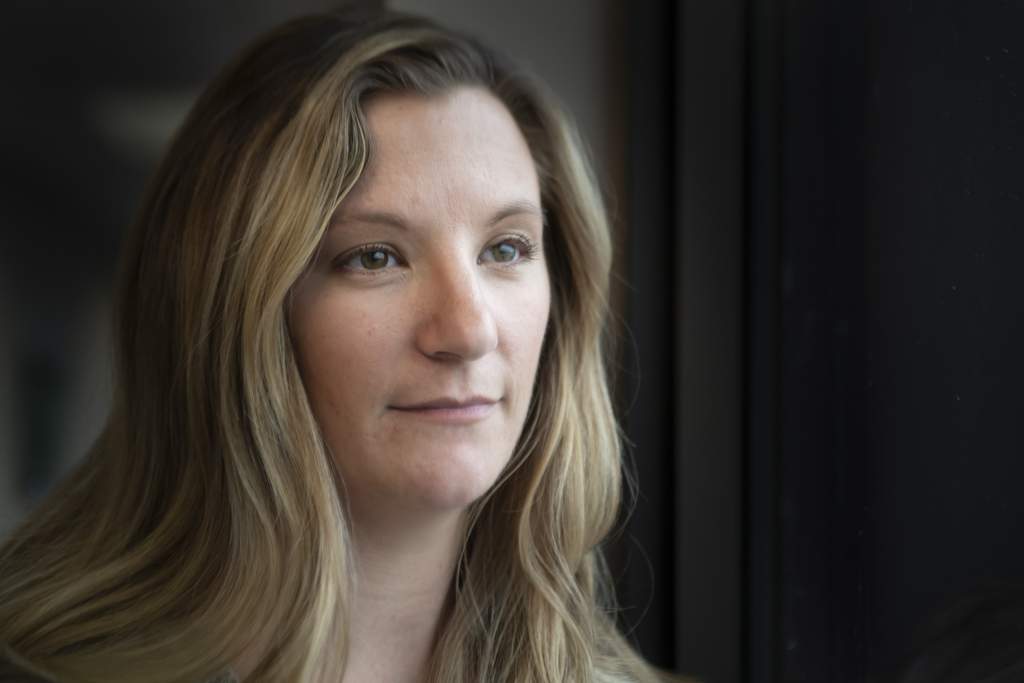

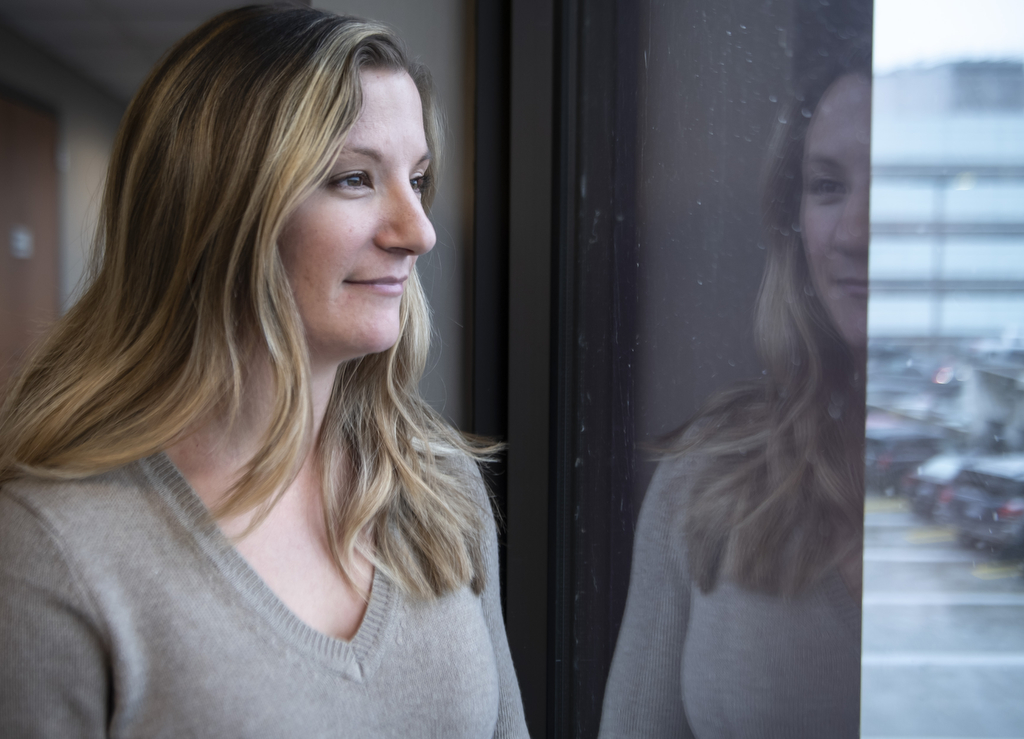
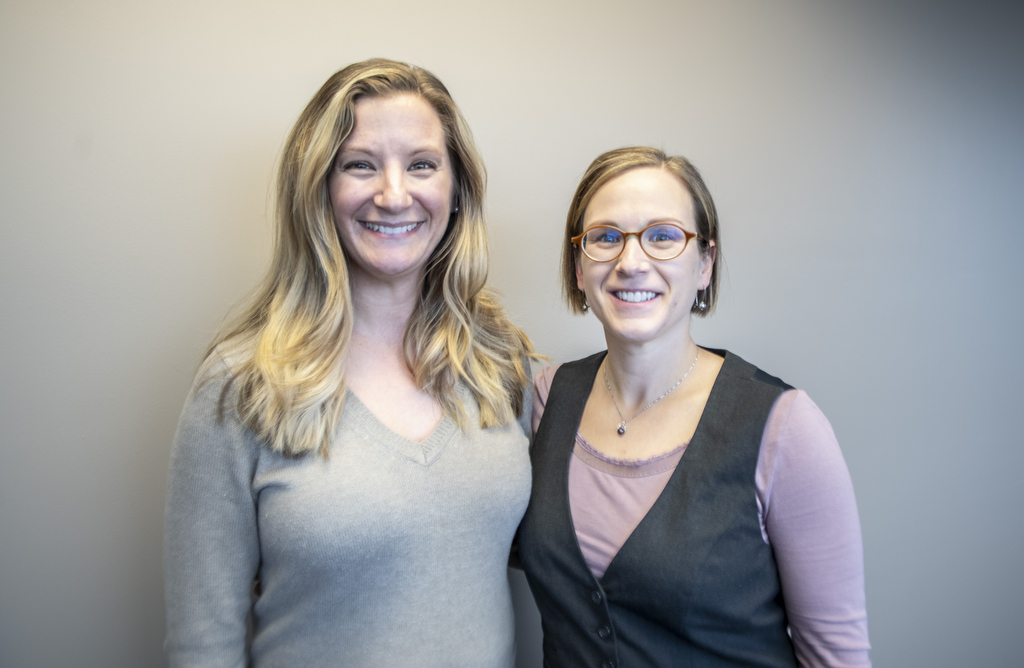
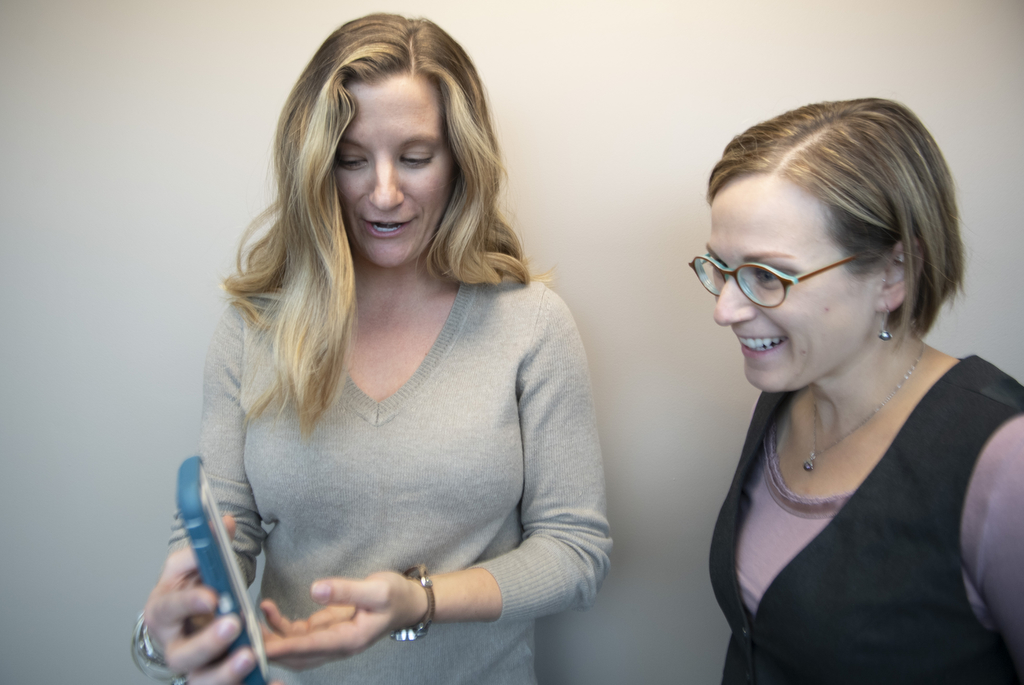
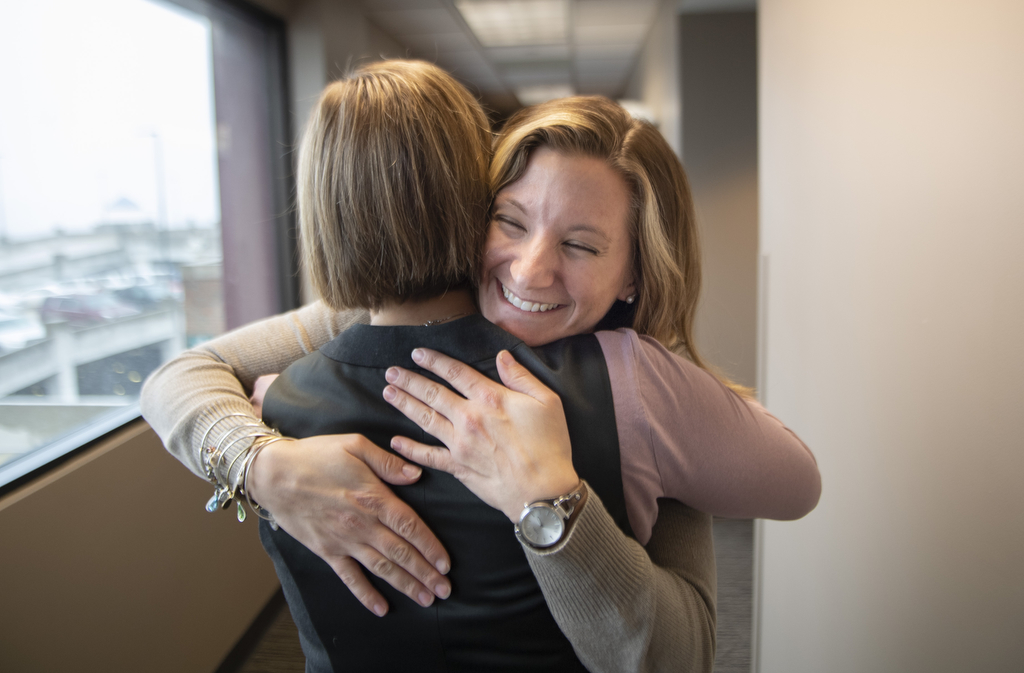

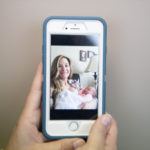


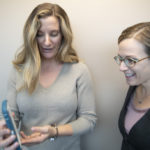

 /a>
/a>
 /a>
/a>
 /a>
/a>